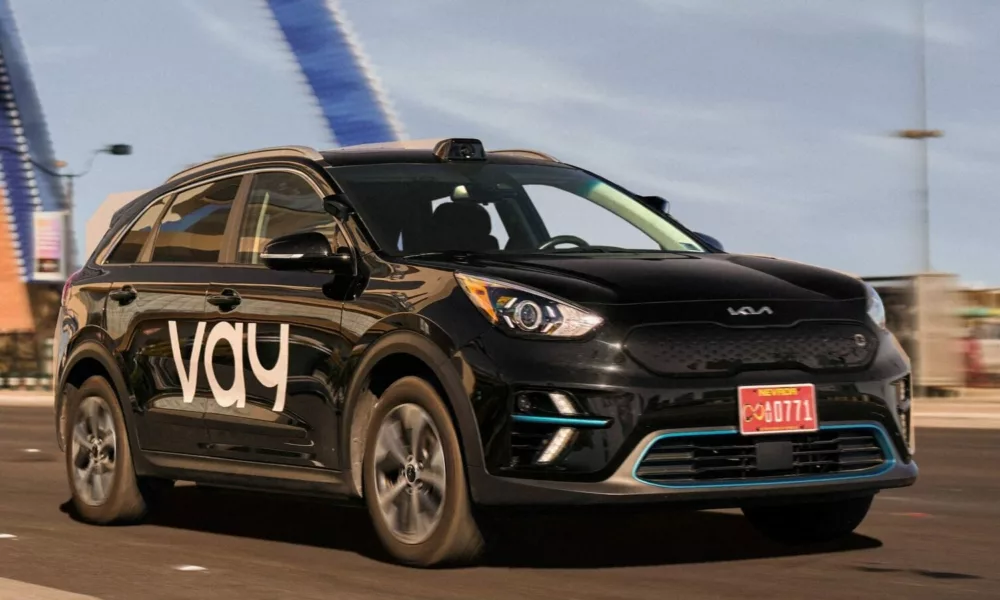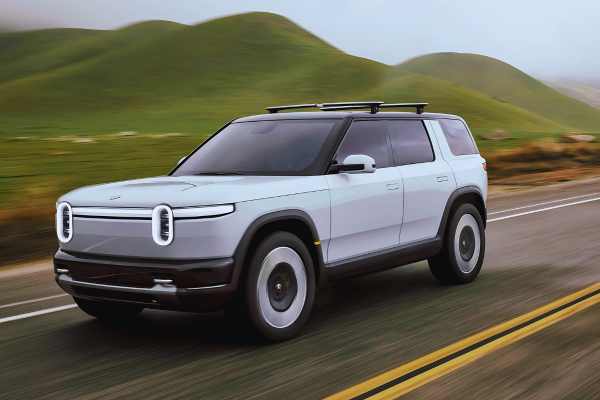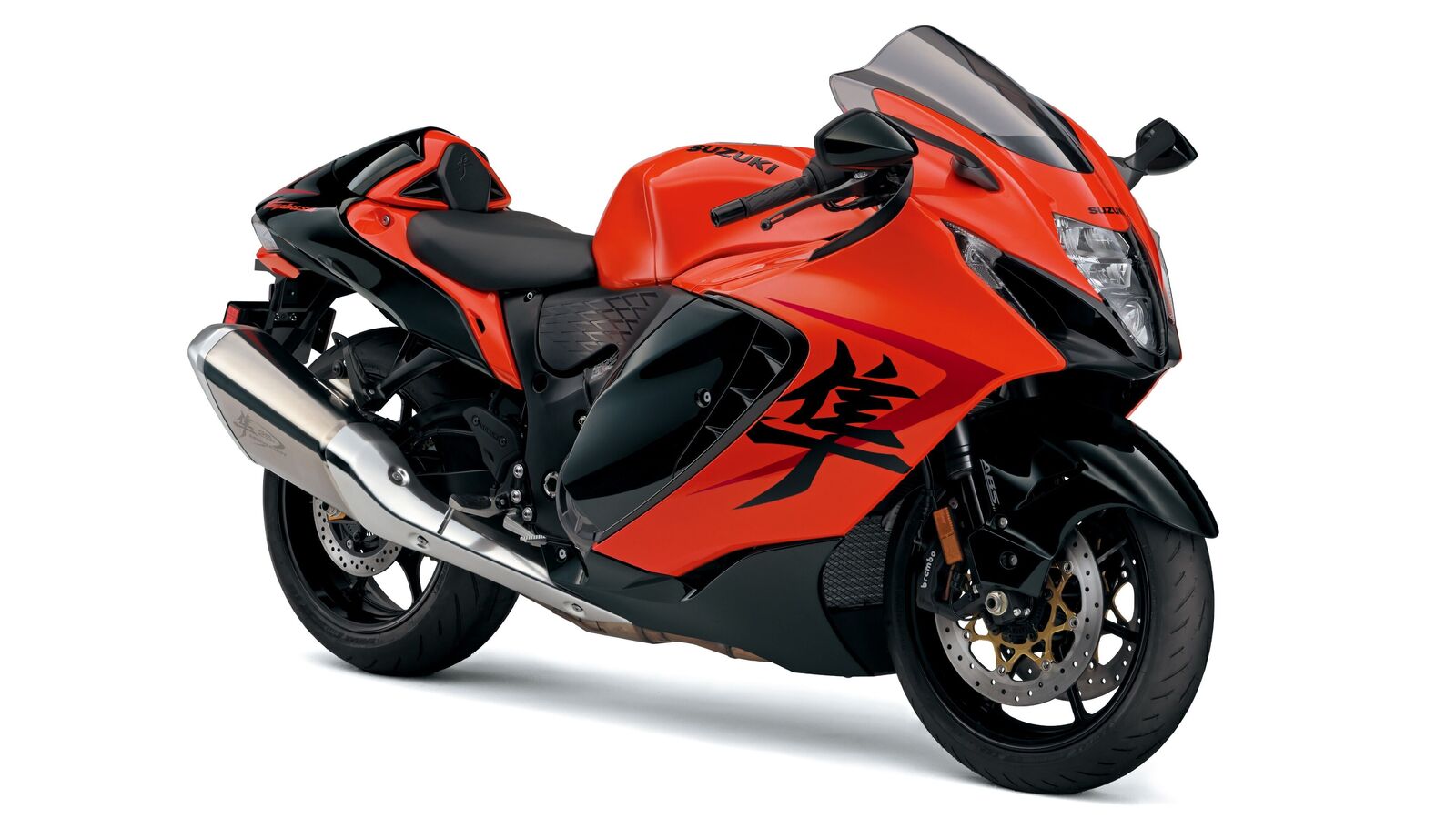Self-driving cars have been in the news for over a decade, with traditional car manufacturers and technology companies investing heavily in developing this technology. The concept of Connected, Autonomous, Shared, Electric (CASE) reflects the disruptions in the auto industry globally.
The evolution of the auto industry is driven by technologies like connected vehicles, autonomous driving, shared mobility, and electric mobility. Self-driving or autonomous driving technology is a major disruptor, enabling vehicles to operate with varying levels of human intervention. This technology creates a map of the vehicle’s surroundings, allowing it to navigate without complete manual control.
Self-driving vehicles use a combination of sensors, radars, cameras, and processors with machine-learning capabilities. These technologies work together to map the vehicle’s environment, helping it navigate safely to its destination. Radar devices provide visual distance perception for safe driving behavior, while Lidar sensors measure distance and identify road features. High-definition cameras capture surroundings and assist in navigation and recognition of traffic signs.
Radar devices, Lidar sensors, and high-definition cameras are crucial technologies used by self-driving cars. Radars help determine distance for safe driving, Lidar sensors detect road edges and lane markings, and cameras capture surroundings to create a map for navigation. These technologies work together to ensure safe and reliable driving behavior.

 Federal Investigators Question Ford’s Response to Fuel Leak Recall Amid Safety Concerns
Federal Investigators Question Ford’s Response to Fuel Leak Recall Amid Safety Concerns 5 Tips to Improve Ground Support Equipment’s Maneuverability
5 Tips to Improve Ground Support Equipment’s Maneuverability New Class-Action Lawsuit Accuses Rivian of Making Materially False and Misleading Statements
New Class-Action Lawsuit Accuses Rivian of Making Materially False and Misleading Statements A comprehensive guide to Electronic Stability Control (ESC): All you need to know
A comprehensive guide to Electronic Stability Control (ESC): All you need to know Bookings open for the Ducati Panigale V2 with sleek new black livery
Bookings open for the Ducati Panigale V2 with sleek new black livery Aprilia India introduces actor John Abraham as its latest brand ambassador
Aprilia India introduces actor John Abraham as its latest brand ambassador Aprilia Tuareg 660 ADV 2024 Launched in India at a Starting Price of ₹18.85 Lakh
Aprilia Tuareg 660 ADV 2024 Launched in India at a Starting Price of ₹18.85 Lakh Suzuki Hayabusa 25th Anniversary Edition now available in India – Price revealed
Suzuki Hayabusa 25th Anniversary Edition now available in India – Price revealed